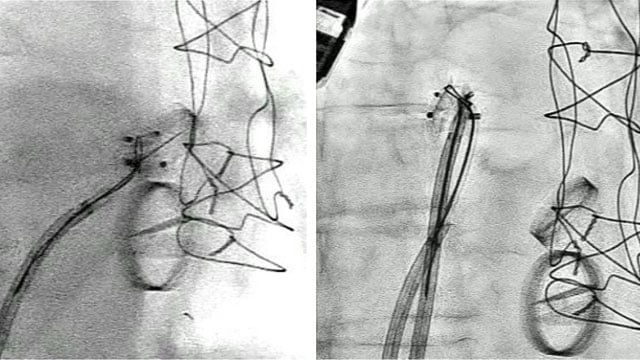1602 results
Structural interventions: thrombus horribilis!
23 May 2019 – From EuroPCR 2019
Consult this session to learn all about how to manage massive thrombus thanks to various compelling clinical cases, involving a mechanical prosthetic valve thrombosis, a left atrial thrombus attached to a LAA closure system, and more!
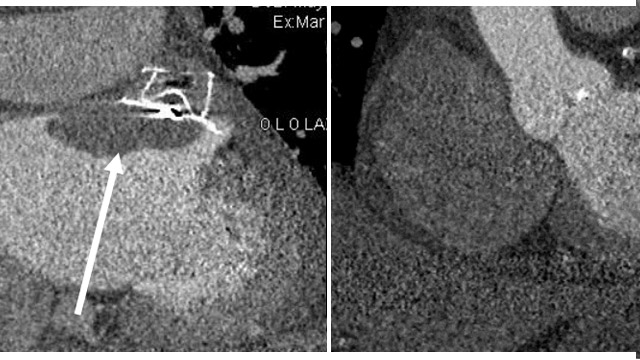
Management of coronary complications after TAVI
23 May 2019 – From EuroPCR 2019
Consult this session to learn more about how to manage coronary complications after TAVI, such as left main coronary obstruction, cardiovascular collapse, and more!
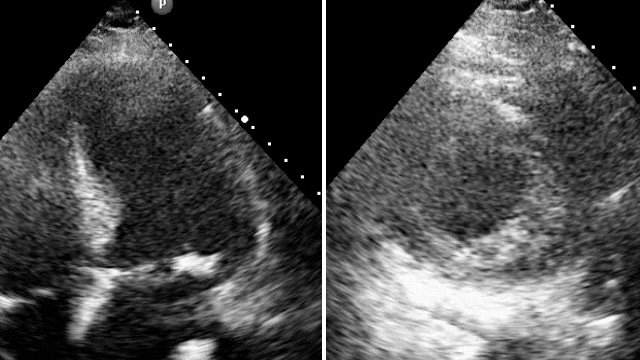
Complications of TAVI - Part 2
23 May 2019 – From EuroPCR 2019
Consult this session to learn through challenging clinical cases about various TAVI complications, such as a failed late chimney stent resulting in cardiogenick shock, a retrieval of a jumping TAVI in the ascending aorta, and more!
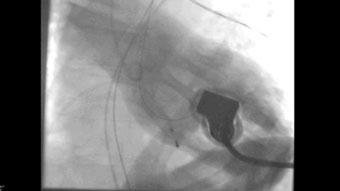
Building pathways for better patient care and safety
23 May 2019 – From EuroPCR 2019
Consult this session to learn more about the importance of patient pathways and protocols for delivering quality and safe care to the patients, how to prepare and organize your teams for changing patient pathways, and more!
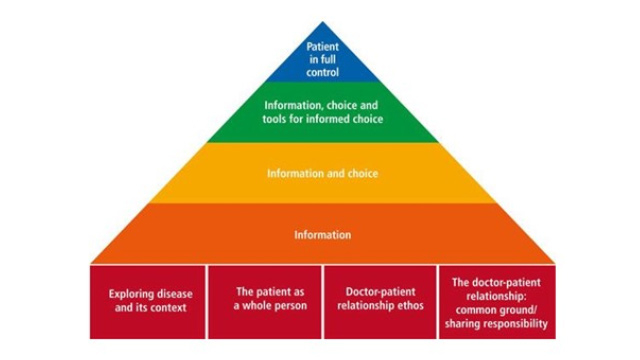
TAVI randomised trials and registries: procedural aspects and outcomes
23 May 2019 – From EuroPCR 2019
Consult this session to learn all about the latest TAVI trials and registries and their impact on your practice, such as DIRECTAVI, TASK, TAVI-SMALL, and more!
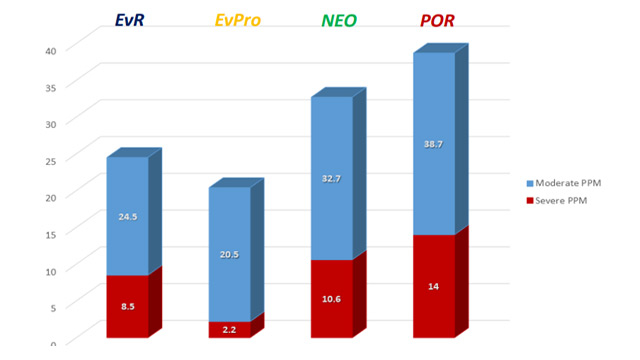
What is hot in intervention in Australia and New Zealand?
23 May 2019 – From EuroPCR 2019
Consult this session to discover the new trends in Australia and New Zealand regarding percutaneous interventional treatment of valvular disease, coronary artery disease, and more!
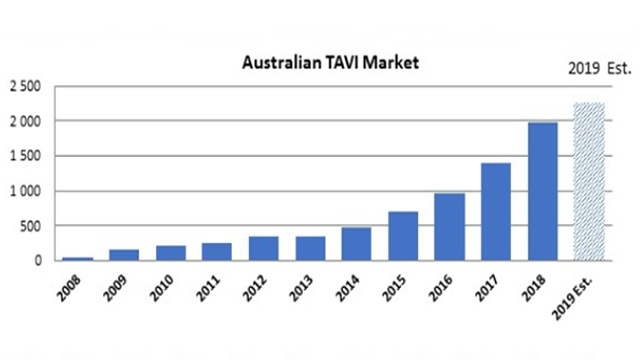
Complex transcatheter valve interventions
23 May 2019 – From EuroPCR 2019
Consult this session on complex transcatheter valve interventions, to learn all about the current practice in transcatheter aortic, mitral and tricuspid valve treatment and the use of TAVI in complex clinical scenarios.
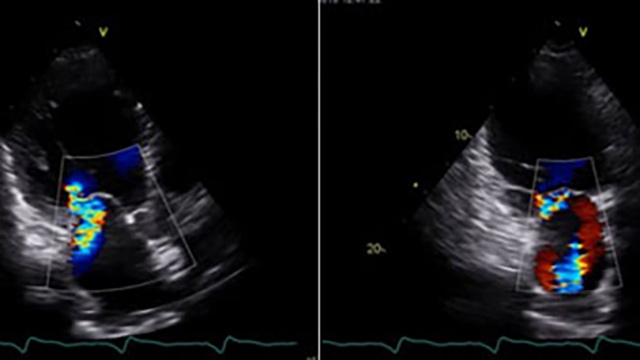
Complex TAVI cases and some non-frequent complications
23 May 2019 – From EuroPCR 2019
Consult this session to discover complex TAVI cases, and learn more about how to select patients and strategy for valve-in-valve treatment, how to save some rare complications, and more!
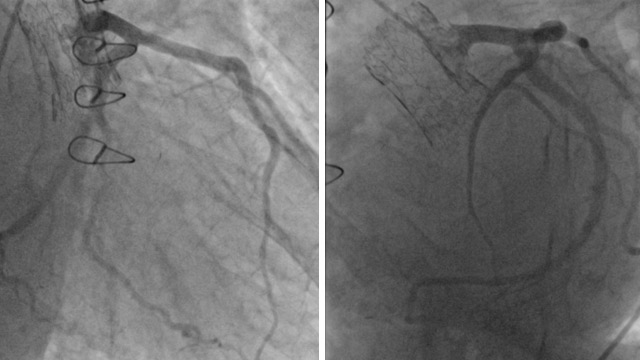
EuroPCR 2019: Late Breaking Trials published in EuroIntervention
22 May 2019
View late-breaking trials and Innovations published in EuroIntervention, The Official Journal of EuroPCR and the European Association of Percutaneous Coronary Interventions (EAPCI).

Treatment of aortic stenosis across the spectrum of surgical risk
22 May 2019 – From EuroPCR 2019
Consult this session to learn how emerging TAVI data will influence your daily clinical practice, and how to translate clinical trial findings into decision making for individual patients.
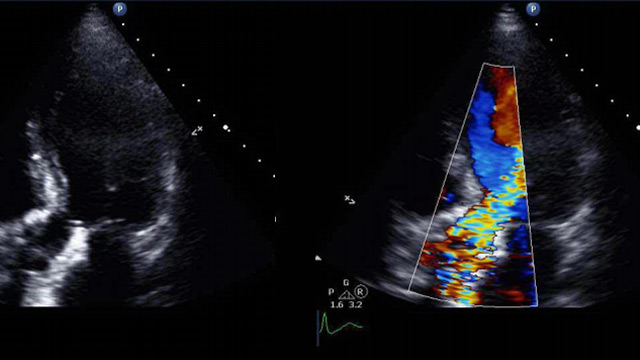
What's happening to me? Are we teaching the patients what they need to know?
22 May 2019 – From EuroPCR 2019
Consult this session to learn more about what the patient really wants to be taught, how important the consenting process is and discover the difference in doctors and nurses and allied professionals approaches towards educating patients.

Solving the mysteries of cardiac physiology - Back to basics
22 May 2019 – From EuroPCR 2019
Consult this session to learn about the fundamentals of cardiac physiology, how to identify normal and abnormal physiology measures and how to recognise cardiac pathologies.
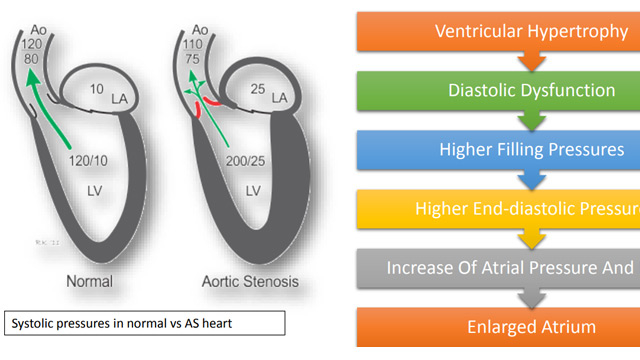
Abstract session for nurses and allied professionals
22 May 2019 – From EuroPCR 2019
Consult this session dedicated to the abstract submitted by nurses and other medical professions to learn more about compelling studies, such as 3D mapping of the X-ray scatter fields in the cardiac cathlab, comparison of safety and efficacy of a personalised radial hemostasis protocol using pneumatic...
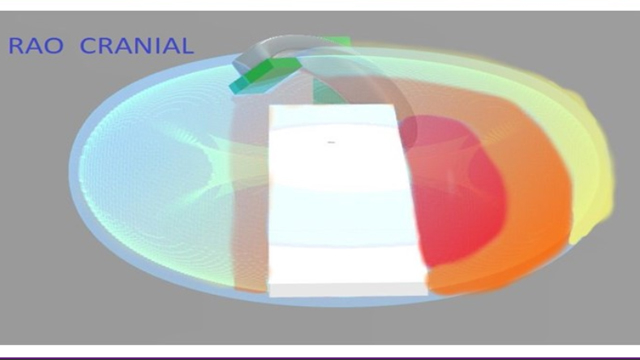
Some important tactical and technical aspects of TAVI
22 May 2019 – From EuroPCR 2019
Consult this session to learn more about the treatment options for aortic stenosis and coronary disease, TAVI complications and how to cope with them, and more!
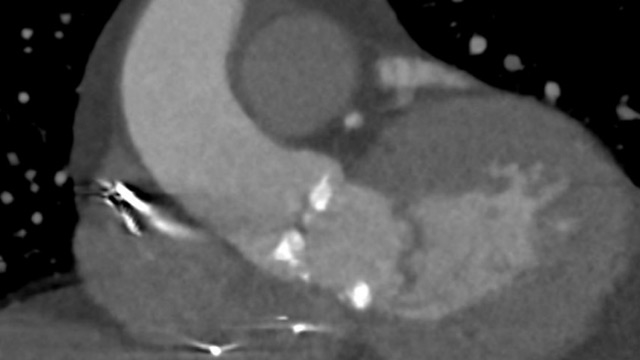
Management of dislodged TAVI valves
22 May 2019 – From EuroPCR 2019
Consult this session to learn through various compelling clinical cases how to efficiently manage dislodged TAVI valves, and discover various tools and techniques to do so.
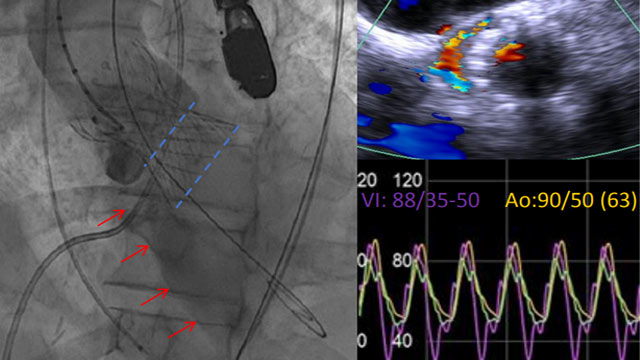
Experience Evolut platform in complex cases
22 May 2019 – From EuroPCR 2019
Consult this session to learn more about some complex situations in TAVI and the technical points leveraging specific features of Evolut platform to achieve superior outcomes.
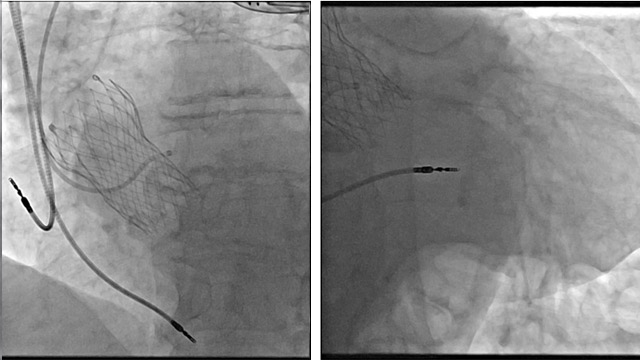
TAVI in 2019: China meets Europe
22 May 2019 – From EuroPCR 2019
Consult this session to learn about the current status and unique experience of TAVI in China, its future and the evolving role of surgeons and heart team.
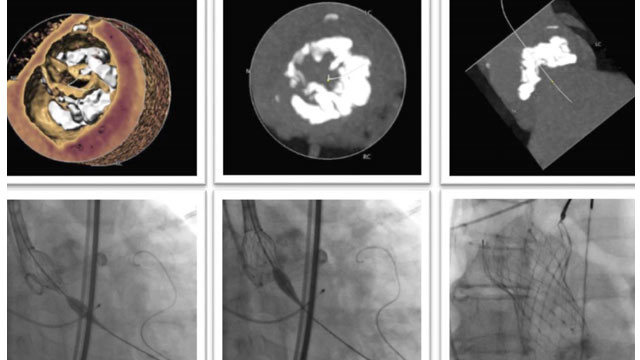
Hotline: new developments in TAVI
22 May 2019 – From EuroPCR 2019
Consult this session to learn all about the latest developments in TAVI: discover new studies' results and novel transcatheter heart valves' clinical outcomes.
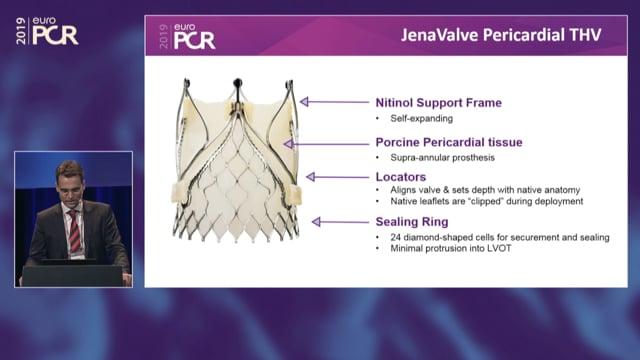
TAVI for aortic valve-in-valve - LIVE Case
22 May 2019 – From EuroPCR 2019
Consult this session to discover an exciting case, live transmitted during EuroPCR 2019: it will take you to a whole new territory of TAVI, focusing on the generation of bioprosthetic heart valves issues and the transcatheter solutions which are emerging as an optimal approach to this...
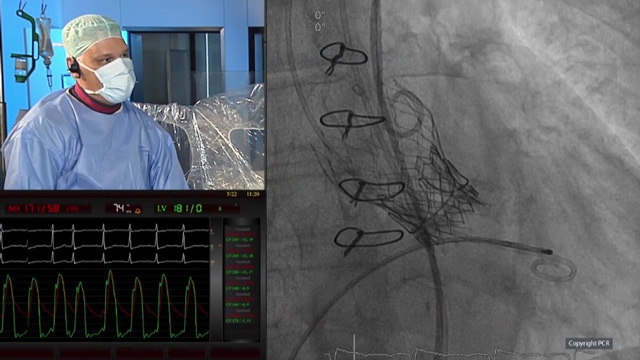
Closing paravalvular leaks: learning from each other!
22 May 2019 – From EuroPCR 2019
Consult this session to learn more about the techniques and tools to efficiently manage the paravalvular leaks closure, and how to avoid - or cope with - the possible complications.
